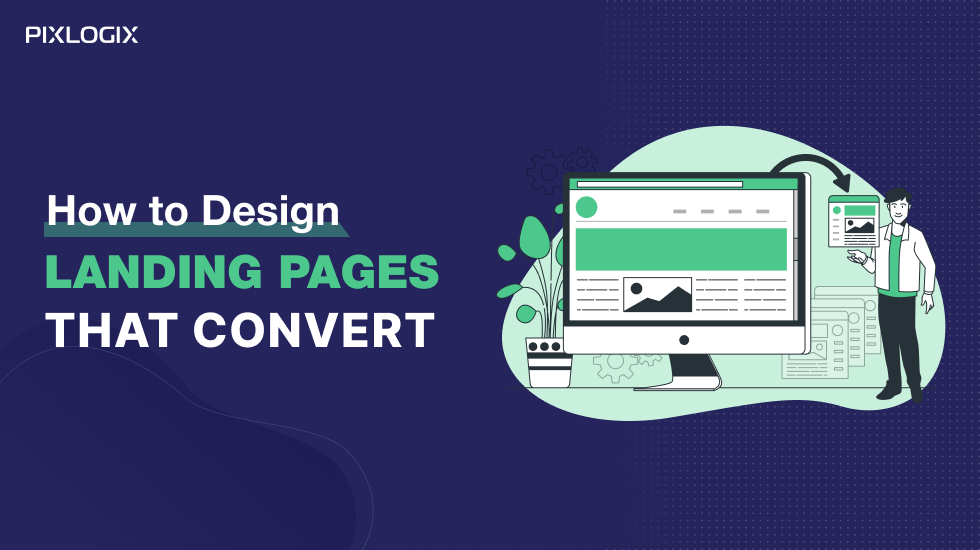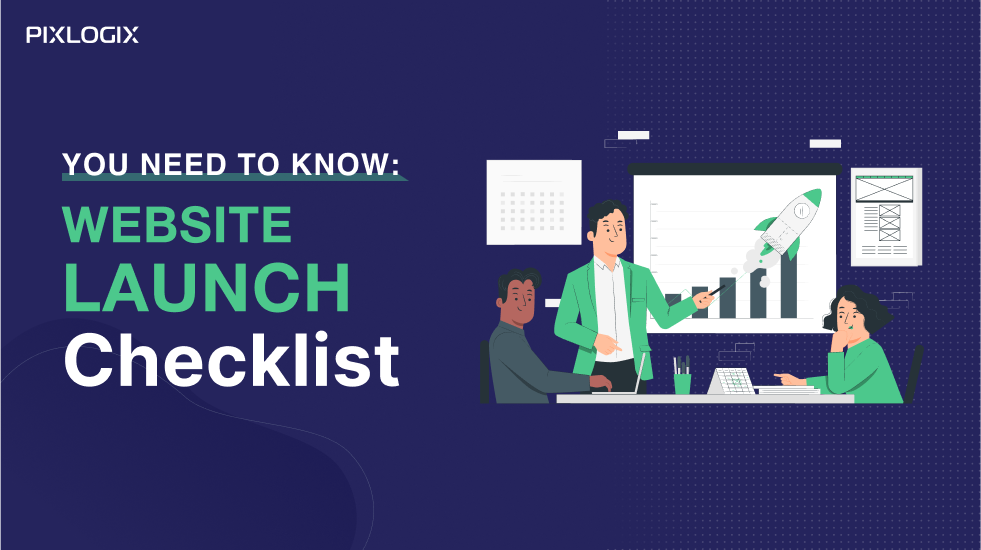8 UX Recommendations For Your Website Redesign

- Last Updated On June 7, 2024
- 6 min read
UI UX Design Services is fruitful when your website visitors or users do not need to put extra efforts to find information on your website. The Website Redesign should be so smooth, effective and spontaneous that visitors can straight forwardly find what they need from your site without thinking or browsing hard. The excellence of your content, the attractiveness of your graphic design and the status of company materials little, if a site is awkward and stiff to browse or navigate.
The style of doing business and corporate trends change with time. A few years ago, mobile was considered just a simple source of visitor traffic. However, now Google sets rankings and offers a greater priority to mobile-optimized sites on search engine results.
I agree that there’s a greater risk in the frequent redesign of your current website. However, they become non-strategic with time, if they do not offer a good user experience. So, whether you work with a design company or have refurbishment of your site in-house, it’s very critical to make the site a powerful revenue-driving source and not just a glittery homepage, wherein the importance of UX design comes into the picture.
Lets Explore 8 UX Recommendations For Your Website Redesign
1. Research and Understand your Users
The visual appeal of your site is vital, but evade selecting designs only on the basis of their beauty. Your company’s website is for its audience and isn’t for you. A deprived understanding of your target audience will turn your site from a revenue-driving source into a demeaning asset.
Develop use cases, marketing persons, do surveys with your clients and employees, and then study the target market to understand your service’s audience. Find competitor websites and analyze their customer base engagements and then improve the user experience by benchmarking the ones that gather the maximum attention.
2. Freeze the Purpose
Before thinking of marketing or to advance on ROI. Try answering the business purposes of your site. For some companies, a website’s key purpose is to aid as an informational store house for the target markets or to categorize and sponsor services. The other objectives might be to put the users in contact with useful tools or to work as an online store. Others even demand sites to turn into a web portal for customer communications.
So, freezing the purpose of your website is the key.
3. Don’t Forget the Basic Functionality
Website redesign is stimulating. Your company can renovate the complete design of the current website and include the latest ROI generating market trends that can lead to better lead conversion.
However, you also need to focus on the website navigation, call-to-actions and most importantly on the content. Focus on the basic functionalities which will further help you define the business objective of your site. If you try to target big and that too very hurriedly, you may have to devote time building the basic blocks again from the scratch by moving backward, loosing on the future opportunities which you had planned with the revamped website.
4. Give Home Page the Maximum Priority
Home Page is the foremost touch point to engage your costumers. While you don’t require to comprise everything on the homepage, it does assist you as the core access to your business message, brand and information navigation. Keep your content simple and precise. Work on your homepage design carefully and place the key things in such a way that they are immediately accessed by the target users.
Your homepage should link to needed CTA’s, the contact page, services, and products content pages, about us page, PR and latest article pages.
5. Opt for Responsive Design
You can let go many of the website trends, but cannot compromise on responsive design features. People use smartphones and tablet to look up your corporate information. Your target audiences access your website at work while traveling and at home. So, they definitely expect your corporate information to be easily available on whatever device they choose to use. The user experience on these devices is even more key than to the desktop experience.
6. Invest in SEO to make your Website Successful
Mostly SEO is considered as an afterthought by website owners. However, a new or revamped website depend on SEO to have preliminary contact with your targeted customers.
Though SEO is important, don’t overthink about it. Experts say quality content with good design and navigation leads you to a better UX.
7. Create New and Fresh Content for your Revamped Website
Don’t just copy the old website content to your revamped website. Invest needed time and money for the fresh content. Set a budget to revive the written as well as the visual content to revamp and match the new design.
8. A Really Great UX is one that is Flexible for Future Changes
A truly brilliant UX is one that can be flexibly changed over time to match the upcoming market trends. It should get better with load time, speed and be more spontaneous. The launching of your website is the real beginning. If you think your website should deliver a better ROI with time, you’ll have to make twists and regular updates to answer to the user engagements in the coming future.
Undeniably, a Website Redesign is more than just altering some of the colors!
Ashish Tiwari
Ashish Tiwari is an SEO manager at Pixlogix Infotech Pvt. Ltd. bringing 8+ years of expertise in driving organic traffic and creating data-driven marketing strategies. With a deep understanding of business, marketing, and promotional tactics, he specializes in technical SEO, content optimization, and paid advertising. Ashish has helped businesses across e-commerce, SaaS, healthcare, and other industries achieve measurable growth. Known for his dedication and growth mindset, he has consistently delivered impactful results and achieved significant milestones in record time.
Related Post
Get in Touch Now!
Have a word with our expert consultants about your next project to get suggestive guidance & proposal.
Sales Inquiry
Chat with us about your project for a custom solution and quote.




